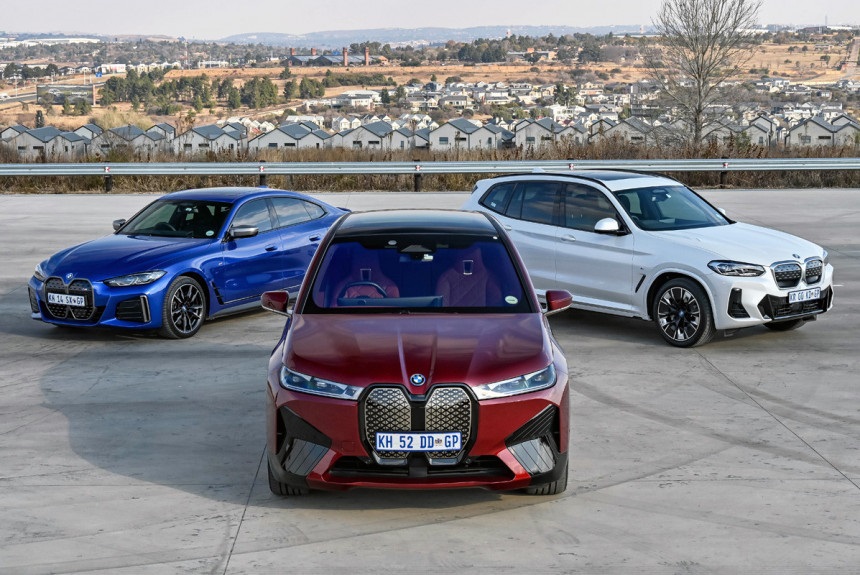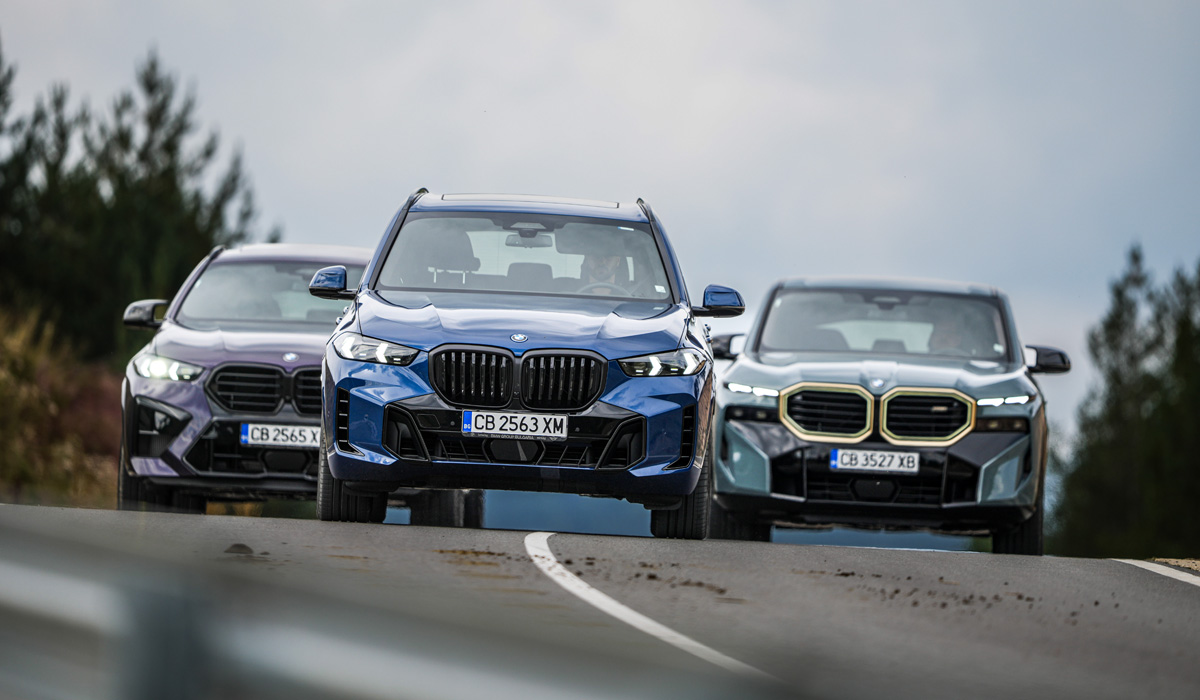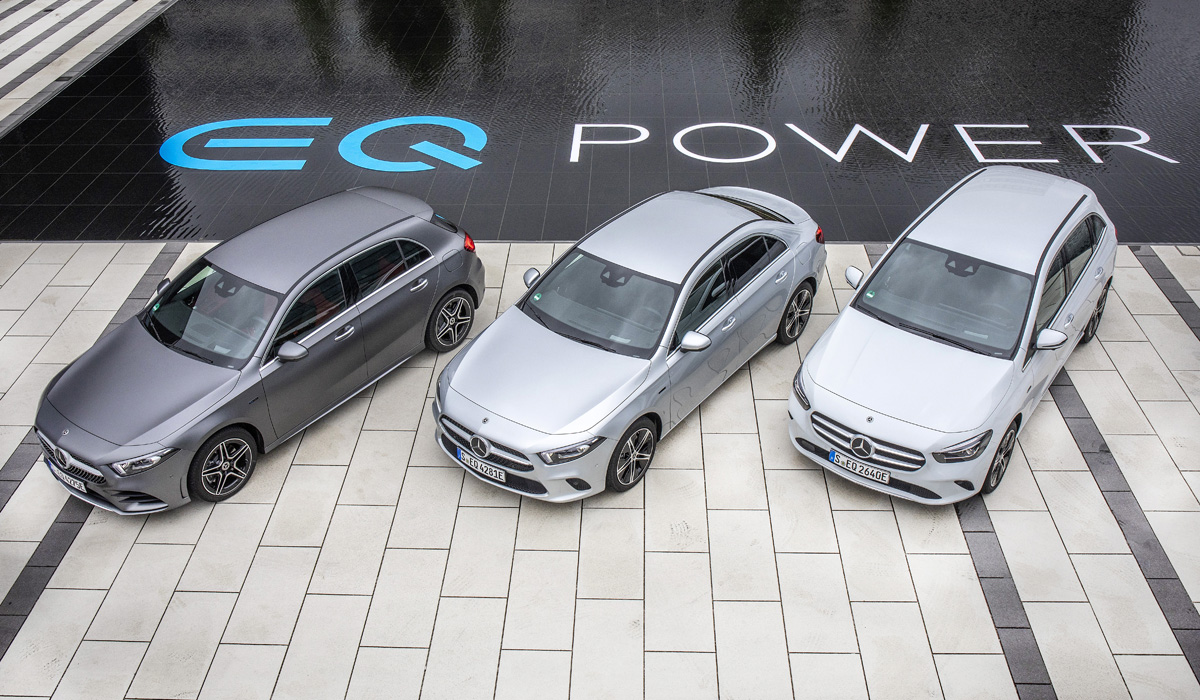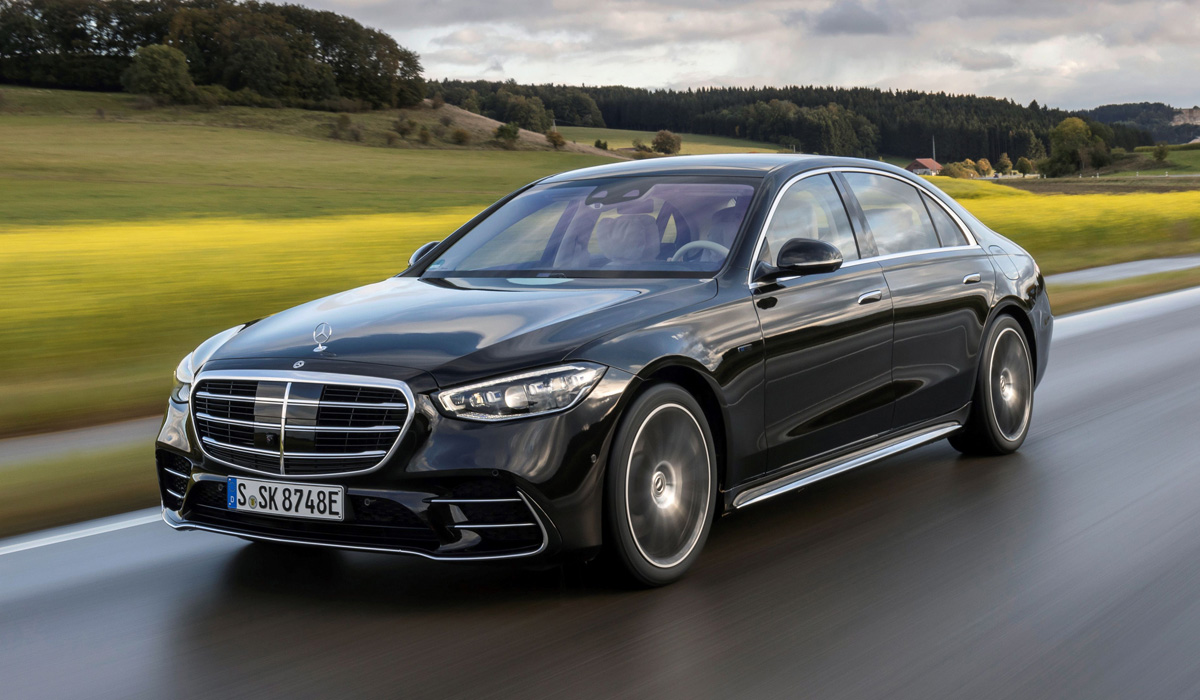
BMW and Mercedes-Benz, the two main competitors, simultaneously released their sales figures for the period from July to September 2023. And the statistics of the company from Munich turned out to be clearly more optimistic. Let’s start with her.
In the third quarter, BMW AG sold 621699 new cars worldwide, which is 5.8% more than in the same period last year. Of these, the BMW brand accounted for 549941 cars (an increase of 6.2%). 70,384 cars were sold under the Mini brand (plus 2.6%), and Rolls-Royce accounted for 1,374 units (minus 9%). The main market for the concern remains Europe, where 221496 BMW and Mini cars were delivered to customers: this is 35.7% of global sales, and the indicator itself increased by 12.9%. China is next with a share of 33.9%: 210,331 BMW and Mini units (a decline of 1.8%). The USA is in third place: 91849 cars (an increase of 7.8%) and 14.8% of the global figure.

Almost every tenth BMW car sold belongs to the M-family (48,978 copies, or 8.9% of the total), and we are talking only about full-fledged M-models (excluding the “warmed up” cars of the M Performance series) produced by a subsidiary of BMW M GmbH. The VIN numbers of such cars differ from the usual ones: each real M-sports car has an identification number starting with the letters WBS.
And what about the electrified BMW and Mini? These include both fully electric cars (BEV) and rechargeable hybrids (PHEV), and the demand for them is steadily growing. In the third quarter, 139943 such cars were sold — this is 22.5% of the total number, and the increase compared to the same period last year was 41.6%! Sales of all-electric models soared by 79.6% (93931 units), because recently BMW i7 sedan and iX1 crossover joined this range, which were not yet on sale in the third quarter of last year.

Mercedes-Benz AG has slightly lower quarterly figures: 510,600 passenger cars (all values in the report are rounded). In addition to Mercedes, this number includes 3,900 smart electric vehicles. Compared to July — September last year, the group’s sales fell by 4%. And unlike BMW, Mercedes’ priority market turned out to be China: it accounted for 38.4% of global sales, that is, 196,000 cars, which is as much as 12% less than in the same period of 2022. In Europe, the second most important market, 164,200 cars were delivered to customers (32.2% of the global total), and here Mercedes still recorded a 12% increase in demand. 64,000 cars were sold in the USA (12.5% of the global figure) — 15% less than in the third quarter of last year.
Mercedes in the published statistics divides cars into three conditional categories. Classes A and B, all derivatives of them (GLA, CLA, GLB), as well as smart models belong to the initial one: at the end of the quarter, this is 150,500 cars (29.5% of the total), and demand fell by 5%. The middle category is the most massive — these are classes C and E, GLC, GLE and their relatives: 290200 cars (56.8% share), a decline of 1%, not least due to the generational change of the E-class. The largest and most expensive Mercedes took a share of 13.7% of all deliveries of the concern (69,900 cars), and their sales decreased by as much as 11%.

Electrification of cars with a three-beam star is going at about the same pace as BMW: about a fifth of all Mercedes-Benz cars sold were rechargable hybrids and electric cars (their ratio is approximately 40:60). Sales of cars without internal combustion engines increased by 66% compared to the same period last year.
In the first nine months of 2023, BMW sold 1,836,600 cars, while Mercedes-Benz shipped 300,000 fewer cars. And what about Audi, the third player of the German premium three? Alas, Volkswagen AG promises to publish its quarterly results only on October 26.